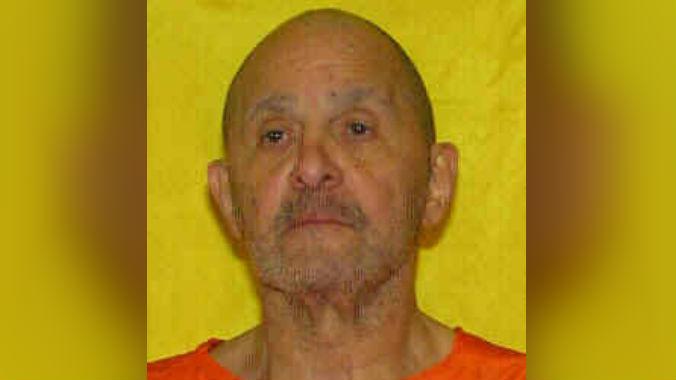Alva Campbell Jr. will live for a bit longer. His execution in Ohio was postponed because the execution team couldn’t find a vein for the lethal injection.
After 30 minutes of trying, the Ohio Department of Rehabilitation and Correction decided “it was not likely that we’re going to access veins,” said Gary Mohr, head of the department. Ohio Gov. John Kasich will pick another date for the execution, NBC News reported.





